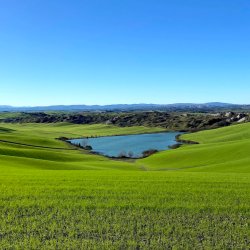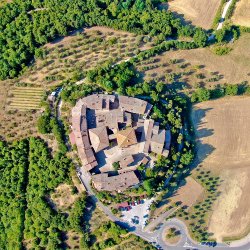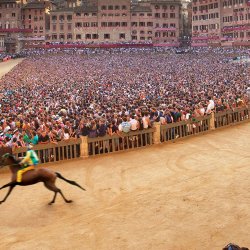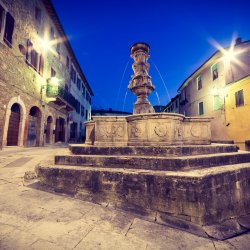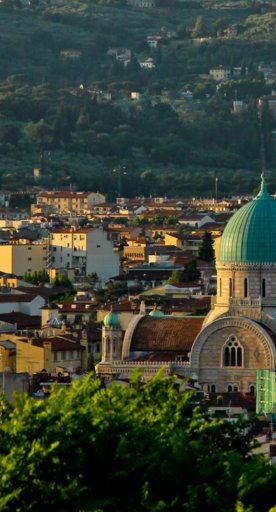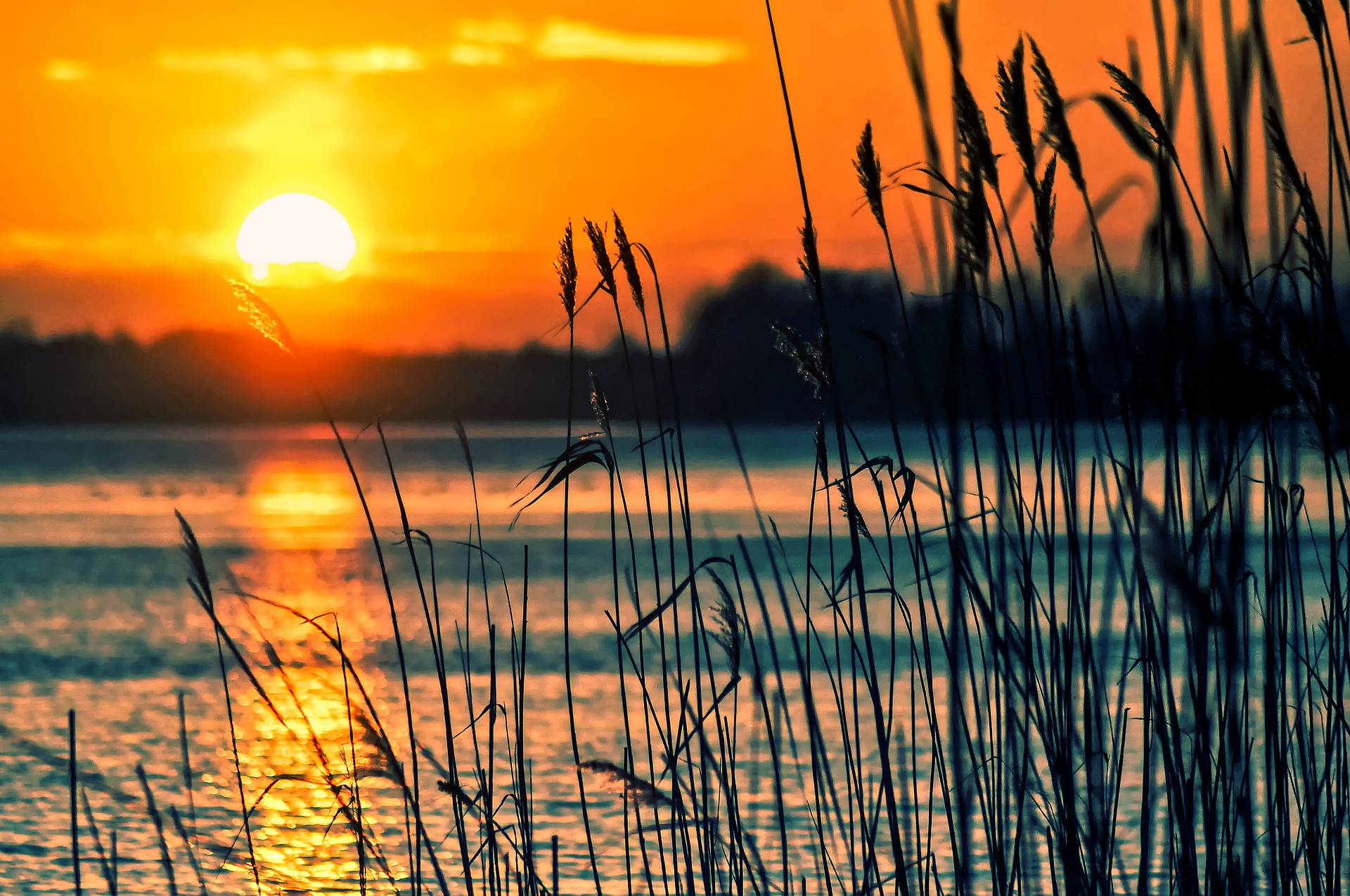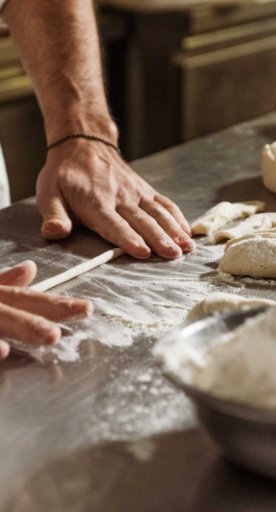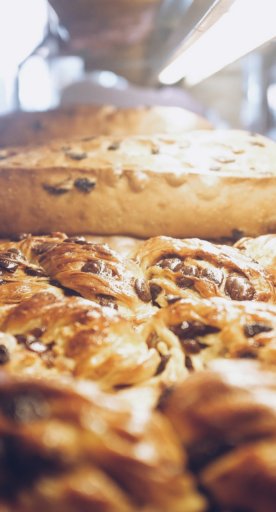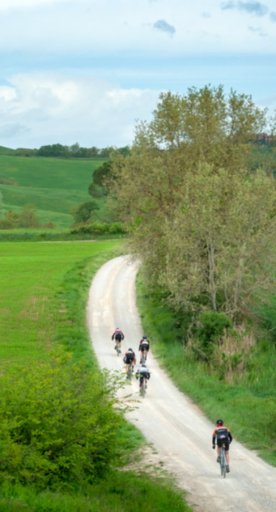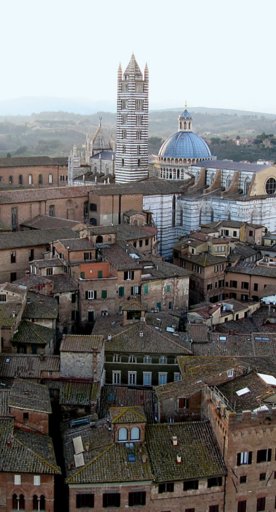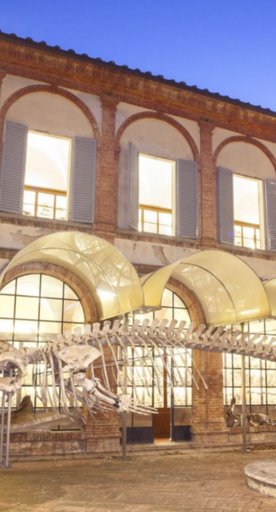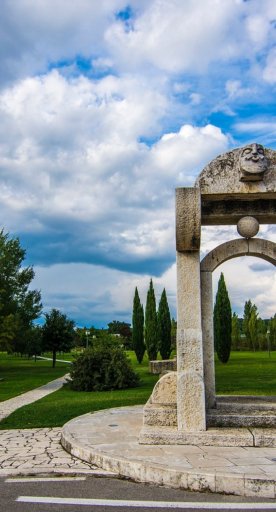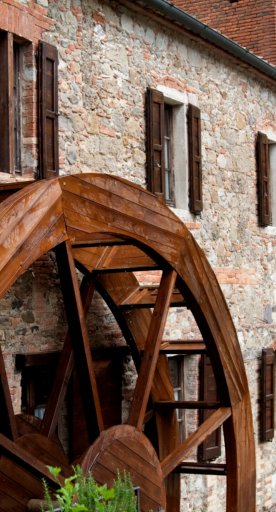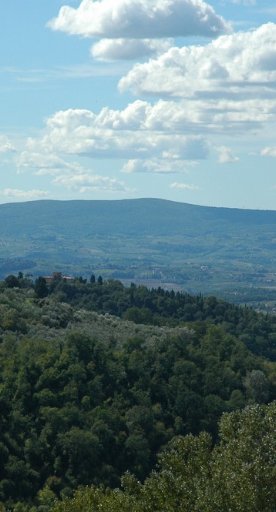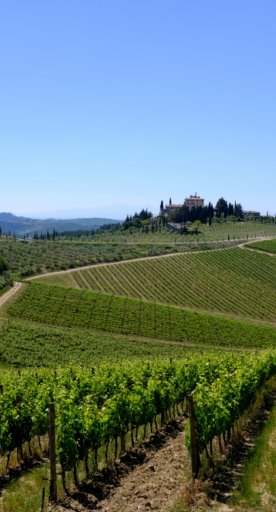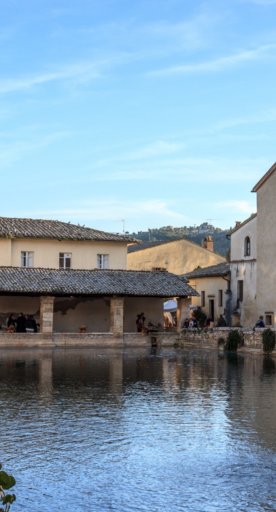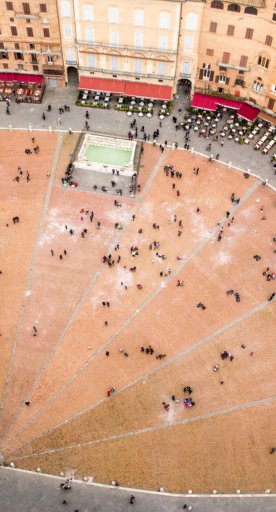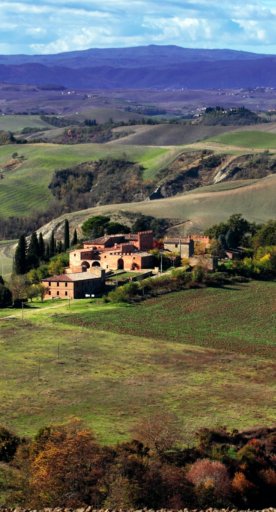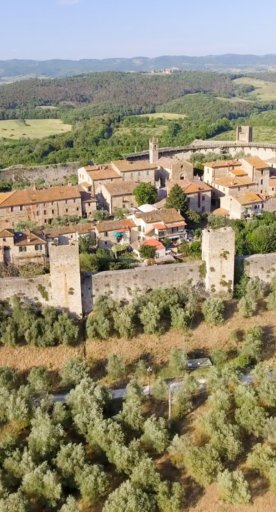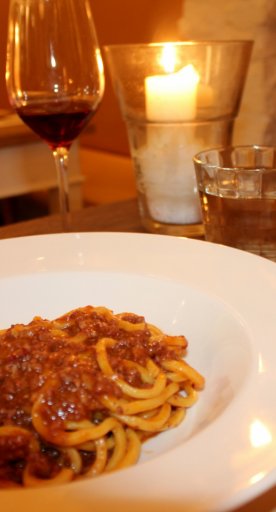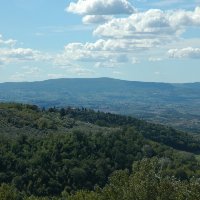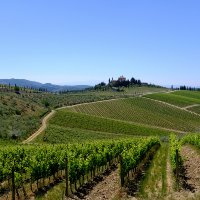The Via Lauretana, a path of art and history
From the works of the Etruscans to contemporary ones, via the enchanting medieval genius: along the Via Lauretana, art is a traveling companion.
For long centuries the Tuscan Via Lauretana has been a path of merchants and pilgrims, as well as artists. Traveled since the time of the Etruscans, this ancient route connects the cities of Siena and Cortona; along the 114 kilometers of its itinerary, you enter a world where art is the protagonist in many forms, each witnessing the evolution of peoples. Here it is possible to relive past eras thanks to the many works of art you encounter along the way; these are pieces of art that tell the story of the fascination of the Etruscan civilization and the splendor of the Middle Ages, up to the present day in the guise of site-specific installations.
-
1.Traces of the Etruscans
-
2.The legacy of the Middle Ages
-
3.Contemporary art
Traces of the Etruscans
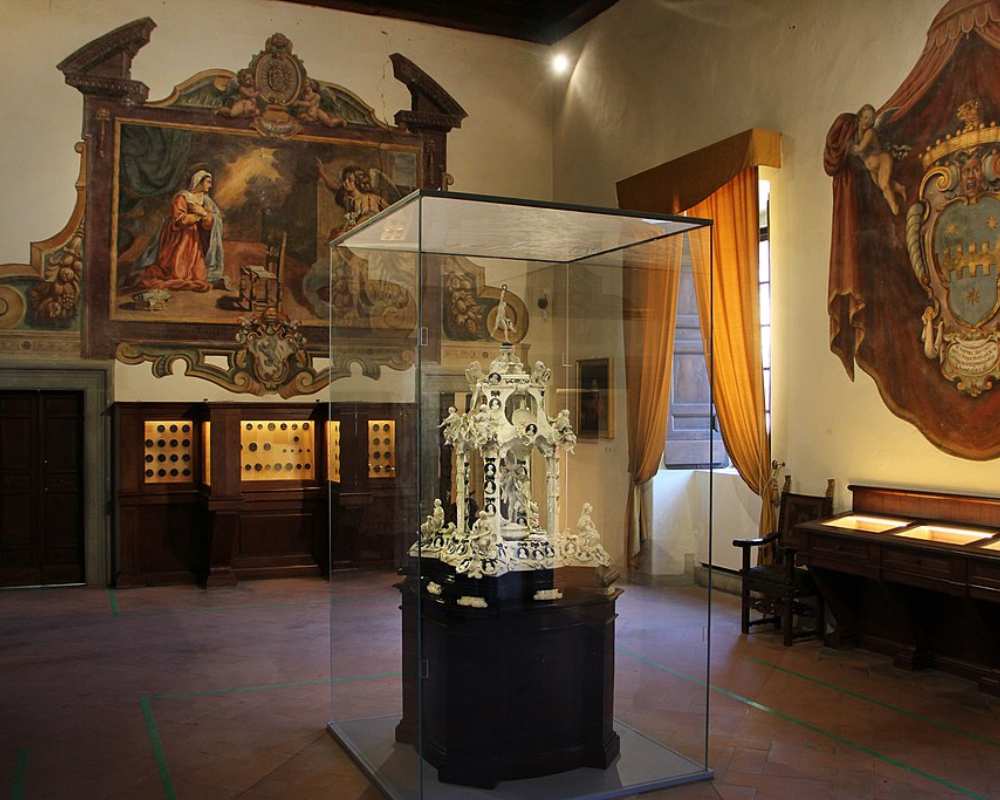
Along the entire itinerary of the Via Lauretana it is possible to visit museums that preserve evidence of the Etruscan people, whose advanced civilization seems to want to challenge the antiquity of its existence. Examples are the exhibits in the Santa Maria della Scala in Siena, as well as those found in Asciano. Here, a part of the Museo Civico Archeologico e d'Arte Sacra of Palazzo Corboli (Civic and Archaelogical Musem of Sacred Art) is devoted to the earliest history of the place: among the most important finds are funerary relics, a princely rich funerary objects and a stone sculpture found in a mound in the area.
To admire some of the most important masterpieces of Etruscan civilization, a visit to the MAEC - Museum of the Etruscan Academy and of the City of Cortona is a must. The artifacts, on display in the spaces of the ancient Palazzo Casali, are among the main testimonies to the greatness of this people. Standing out among all of them is the Tabula Cortonensis: it is one of the longest epigraphs in Etruscan found so far, among the first in the world; also greatly fascinating and important is the chandelier, an admirable example of bronze work dating back to the fifth century B.C. In addition to these wonders, the museum exhibits numerous objects of goldsmith art - at which the Etruscans excelled - often associated with the cult of the dead.
The legacy of the Middle Ages
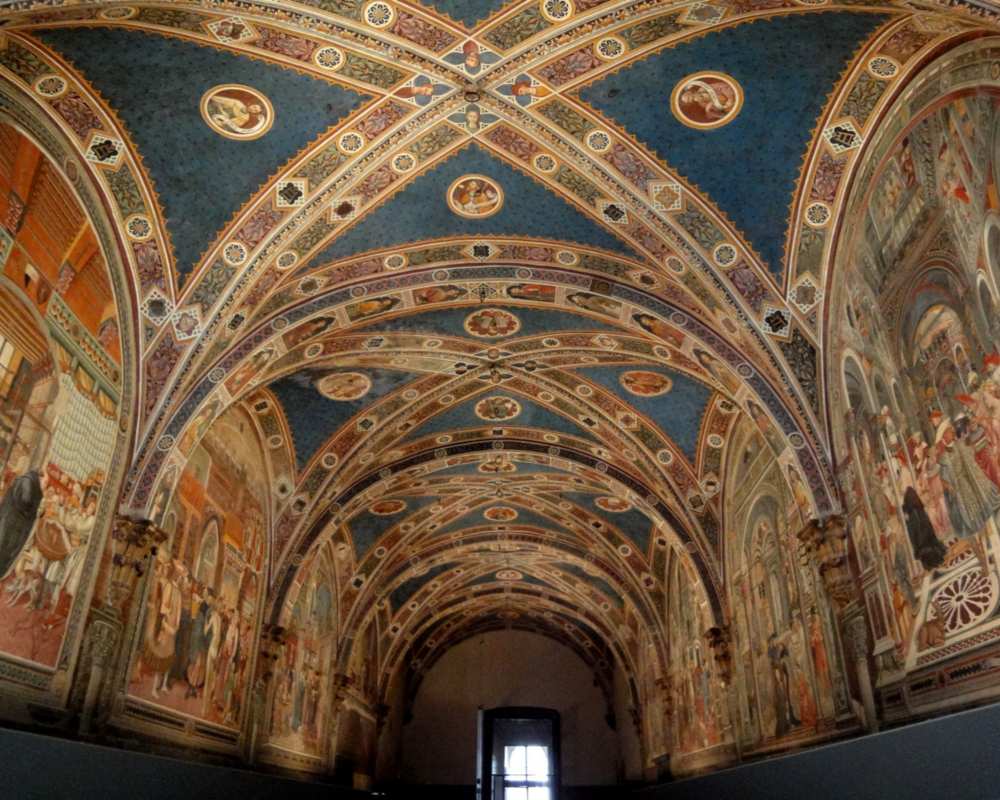
Few cities preserve the legacy of medieval centuries like Siena. Its historic center, a World Heritage Site, is a succession of fascinating Gothic-style palaces, which house inside them some very famous art masterpieces. In the heart of the city, inside the Palazzo Comunale, the halls of the Civic Museum reveal to your gaze frescoes of great magnificence: an example is the Allegoria del Buon o e del Cattivo Governo by Ambrogio Lorenzetti, as well as the Maestà and the Guidoriccio da Fogliano, both born of the skill of Simone Martini.
Also a custodian of great wonders is Santa Maria della Scala, the ancient and powerful hospital that for a long time was a landmark for pilgrims passing through the city on their way along the Via Lauretana and the Via Francigena. Among the rooms that most enchant visitors is the Sala del Pellegrinaio, entirely frescoed by the mastery of numerous artists including Domenico di Bartolo, but throughout the building you can stop and contemplate the works of great names such as Domenico Beccafumi and Il Vecchietta.
The breathtaking floor of the Duomo, the Piccolomini Library, and the sculptures of the Baptistery of San Giovanni are some of the many wonders kept in the heart of Siena.
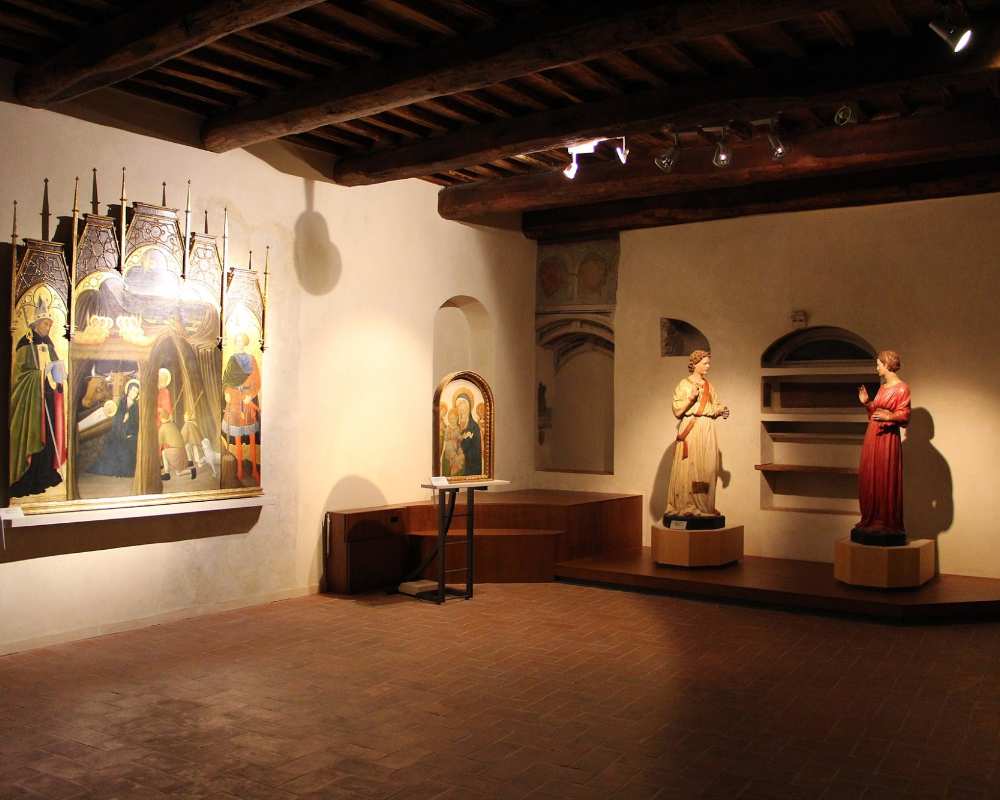
The beauty left behind by the Middle Ages can also be found in the museum of Palazzo Corboli in Asciano, which in addition to handing down Etruscan memory preserves notable works of sacred art: among the pieces on display are works by the Maestro dell'Osservanza, Ambrogio Lorenzetti, Lippo Memmi and Francesco di Valdambrino.
Contemporary art
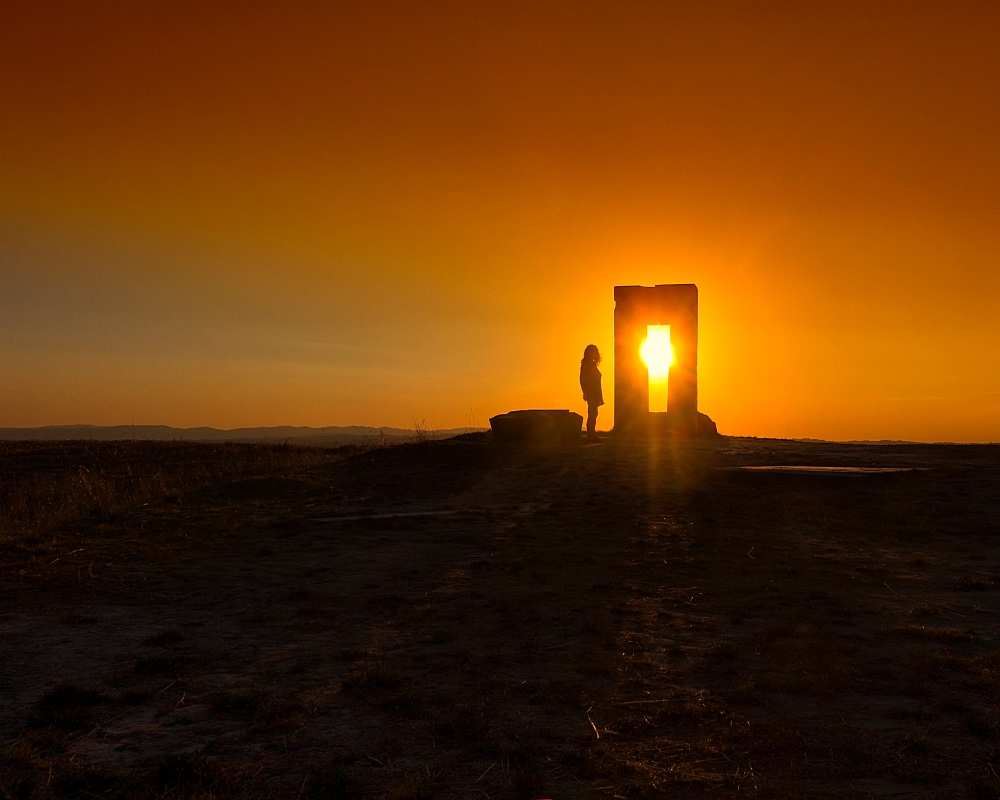
In the great number of works encountered along the Via Lauretana, contemporary art also finds a place. Nestled in the landscape of the Crete Senesi, surrounded by hills and white roads, stands the Site Transitoire, site-specific sculpture by Jean-Paul Philippe designed to connect man with the surrounding landscape.
The work, which represents a dwelling, consists of a window, a chair, and a bed so that people can admire the landscape from different angles (standing, sitting, or supine), while the sky above the crags acts as a roof. The Site Transitoire finds its fullest expression during the summer solstice, when the waning sun passes through the slit in the stone window, flooding the work and the landscape with a light that enchants the traveler's gaze.


